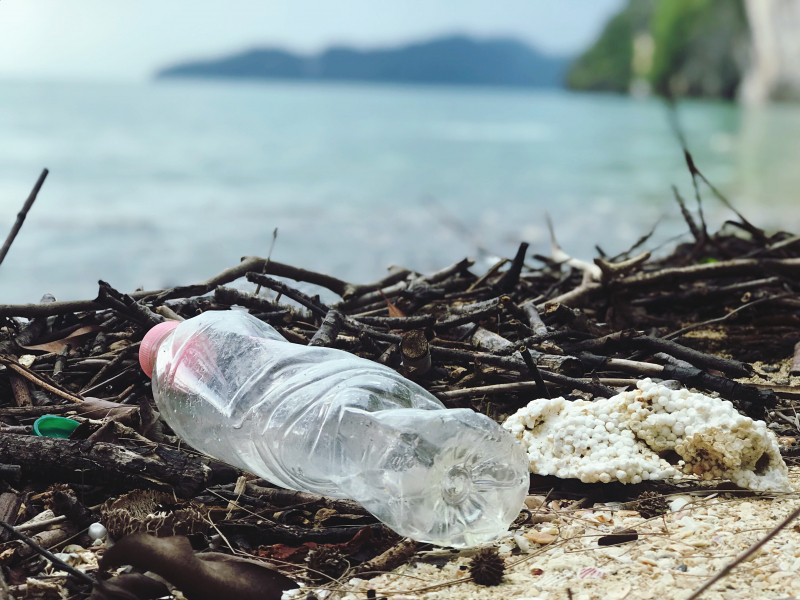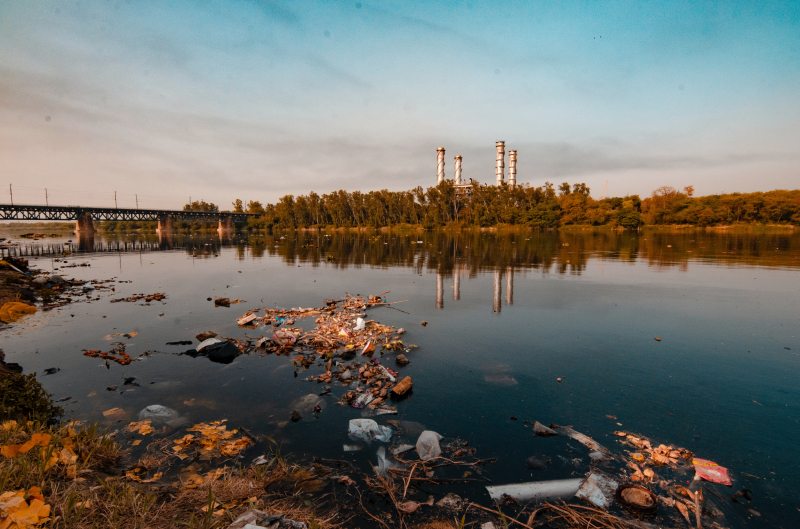Seabins
The seas are a wasteland. All of us are aware of this. We have to distinguish between the country-sized rubbish patches that float in them because they are so densely populated with junk. According to some researchers, there are 5.25 trillion pieces of floating plastic. Just the plastic is there. So what is the answer? Possible suspect: Seabins.
Simply put, a Seabin is a floating trash can. Trash flows into the bin while water rushes over the top of it. A filter at the bottom captures the debris while still allowing water to pass through. It's by no means a sophisticated machine. However, the effect is notable. Up to 1.4 tons of waste, including particles of plastic as thin as two millimeters, can be collected annually by a Seabin. It was discovered that a test bin used in Portugal could gather over 10 kg of waste per day. This contained a substantial amount of nylon fibers from fishing nets.
Many coastal cities, notably those along the Great Lakes, have the bins installed. The advantages mount up extremely quickly, and if widely used, the bins would drastically cut down not only plastic waste but also garbage from items like cigarettes and even oil.












